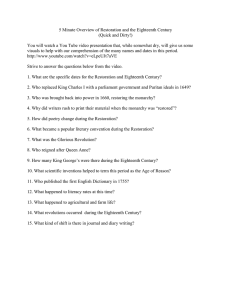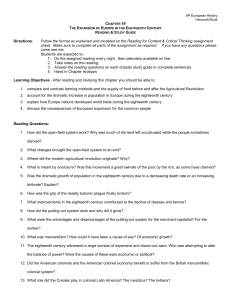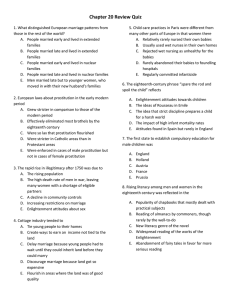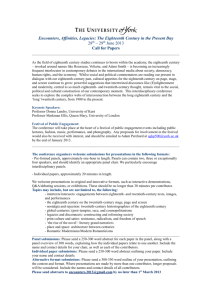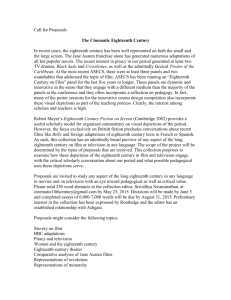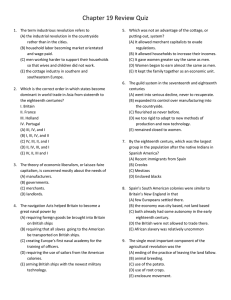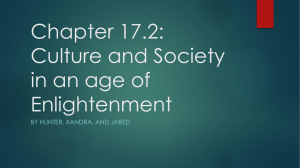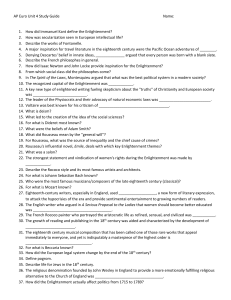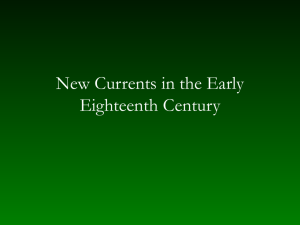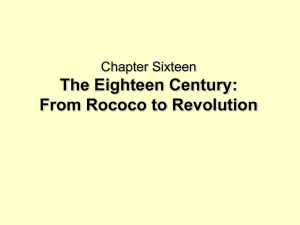Chap 20 Rev Quiz Answers
advertisement
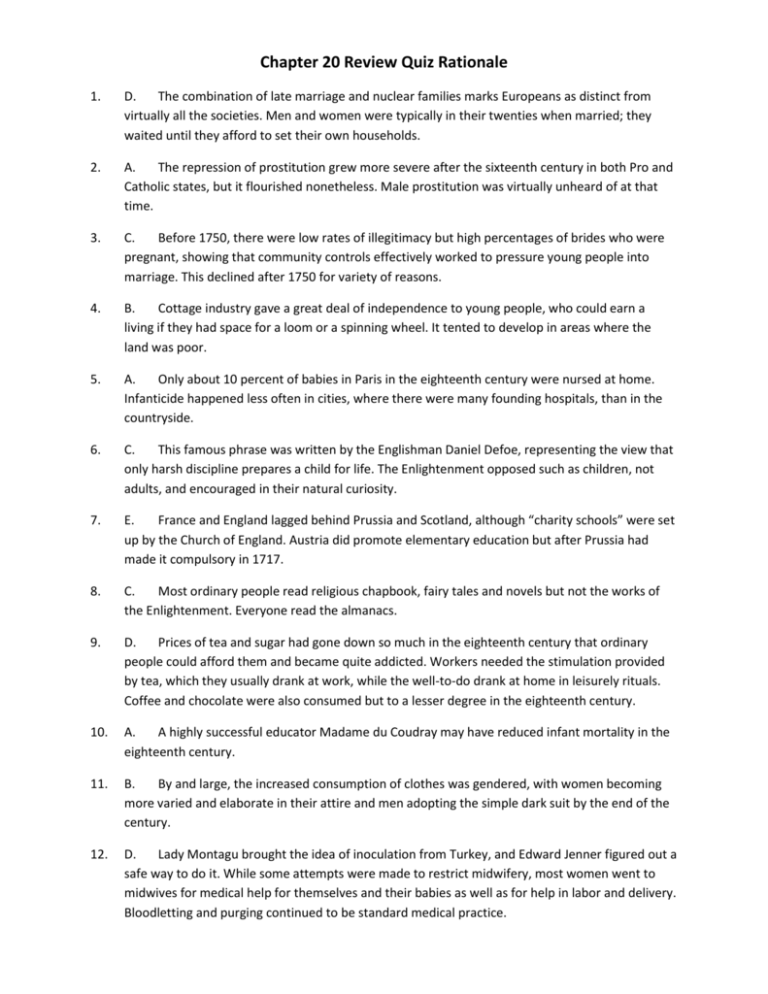
Chapter 20 Review Quiz Rationale 1. D. The combination of late marriage and nuclear families marks Europeans as distinct from virtually all the societies. Men and women were typically in their twenties when married; they waited until they afford to set their own households. 2. A. The repression of prostitution grew more severe after the sixteenth century in both Pro and Catholic states, but it flourished nonetheless. Male prostitution was virtually unheard of at that time. 3. C. Before 1750, there were low rates of illegitimacy but high percentages of brides who were pregnant, showing that community controls effectively worked to pressure young people into marriage. This declined after 1750 for variety of reasons. 4. B. Cottage industry gave a great deal of independence to young people, who could earn a living if they had space for a loom or a spinning wheel. It tented to develop in areas where the land was poor. 5. A. Only about 10 percent of babies in Paris in the eighteenth century were nursed at home. Infanticide happened less often in cities, where there were many founding hospitals, than in the countryside. 6. C. This famous phrase was written by the Englishman Daniel Defoe, representing the view that only harsh discipline prepares a child for life. The Enlightenment opposed such as children, not adults, and encouraged in their natural curiosity. 7. E. France and England lagged behind Prussia and Scotland, although “charity schools” were set up by the Church of England. Austria did promote elementary education but after Prussia had made it compulsory in 1717. 8. C. Most ordinary people read religious chapbook, fairy tales and novels but not the works of the Enlightenment. Everyone read the almanacs. 9. D. Prices of tea and sugar had gone down so much in the eighteenth century that ordinary people could afford them and became quite addicted. Workers needed the stimulation provided by tea, which they usually drank at work, while the well-to-do drank at home in leisurely rituals. Coffee and chocolate were also consumed but to a lesser degree in the eighteenth century. 10. A. A highly successful educator Madame du Coudray may have reduced infant mortality in the eighteenth century. 11. B. By and large, the increased consumption of clothes was gendered, with women becoming more varied and elaborate in their attire and men adopting the simple dark suit by the end of the century. 12. D. Lady Montagu brought the idea of inoculation from Turkey, and Edward Jenner figured out a safe way to do it. While some attempts were made to restrict midwifery, most women went to midwives for medical help for themselves and their babies as well as for help in labor and delivery. Bloodletting and purging continued to be standard medical practice. 13. A. The state would take over much of the charitable role of the church but not for a century or two. Protestants and Catholics did join forces to attack Anabaptists, but not again the will of the pope. Joseph II abolished only some monasteries. The Jesuit order, with its close ties to the papacy and dominant role in education, came under attack; the pope gave in to pressure and dissolved the order in the 1773. 14. C. Pietists in Germany (Lutheran), Methodists in Anglican England, and Jansenists in Catholic France all sought a more personal, more intensely spiritual religious experience. The sects were popular with elites and commoners alike. Jansenism particularly was influenced by Calvinist ideas. 15. C. They could drink gin, attend urban fairs and boxing matches, and bet on cockfights all the time; only at Carnival was the world turned upside-down for a few days.
